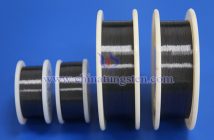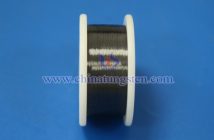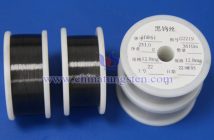The application of cut-resistant tungsten wire in industrial cutting, relying on its high strength, high hardness, high melting point, thin wire and wear resistance, not only significantly improves the processing efficiency and precision, but also promotes technological progress in the fields of optical devices and medical devices. With the continuous evolution of technology, the application prospects of cut-resistant tungsten wire will be broader and become an indispensable key material in industrial cutting. The following are its main application areas:
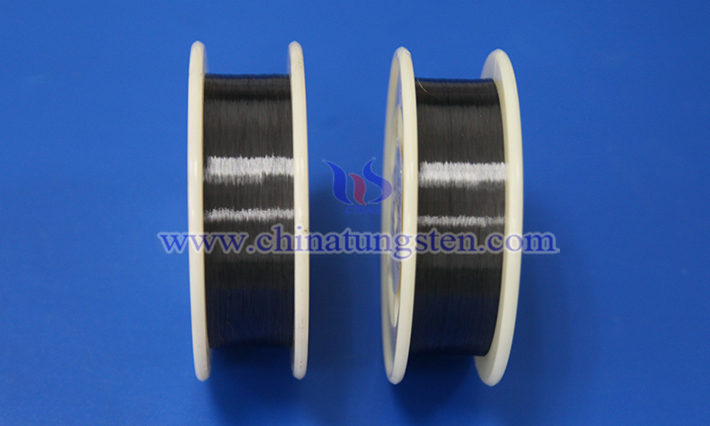
1. Electrospark Machining (EDM) Electrode Wire
Due to its high strength, high hardness and high melting point, cut-resistant tungsten wire has become an ideal electrode wire material in electrospark machining (EDM). During the high-speed and high-temperature electric spark discharge process, tungsten wire can maintain stability and durability to ensure high cutting precision. This feature makes it particularly suitable for industrial scenarios that require fine processing.
2. Optical Device Processing
In the field of optical device manufacturing, the application of cut-resistant tungsten wire is particularly prominent. Due to its thinning trend and excellent physical properties, tungsten wire can efficiently cut hard materials (such as titanium alloys) to meet the high-precision processing needs of complex-shaped optical devices. This ability provides higher-quality processing solutions for the optical industry.
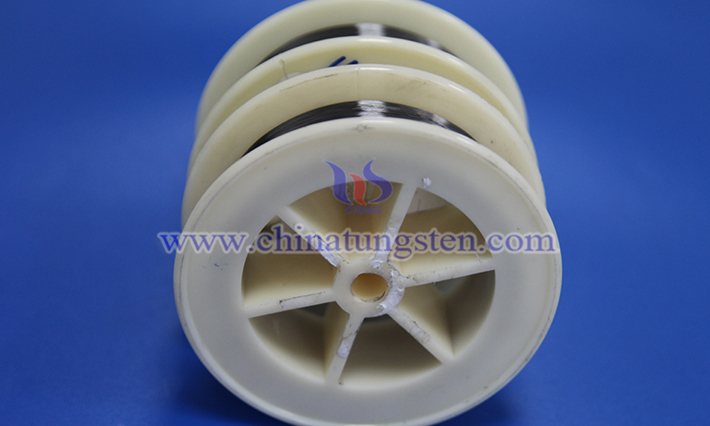
3. Microstructure Processing
The fineness and wear resistance of cut-resistant tungsten wire make it perform well in microstructure processing. Through precision cutting technology, tungsten wire can reduce material loss during cutting, while improving processing accuracy and ensuring the integrity of the microstructure of optical devices. This feature has significant advantages in applications that require extremely high precision.
4. Medical Device Manufacturing
In the field of medical devices, cut-resistant tungsten wire is widely used to process tiny optical components such as lenses and optical fibers due to its high biocompatibility and strength. This processing method not only improves the durability of the device, but also ensures processing accuracy, providing support for the development of medical technology.
5. Development Trends and Prospects
As optical technology develops towards high precision and high integration, the application scenarios of cut-resistant tungsten wire will be further expanded. In the future, its role in industrial cutting will become even more important, especially in the fields of miniaturization and high-precision processing, injecting new impetus into industrial technological progress.

